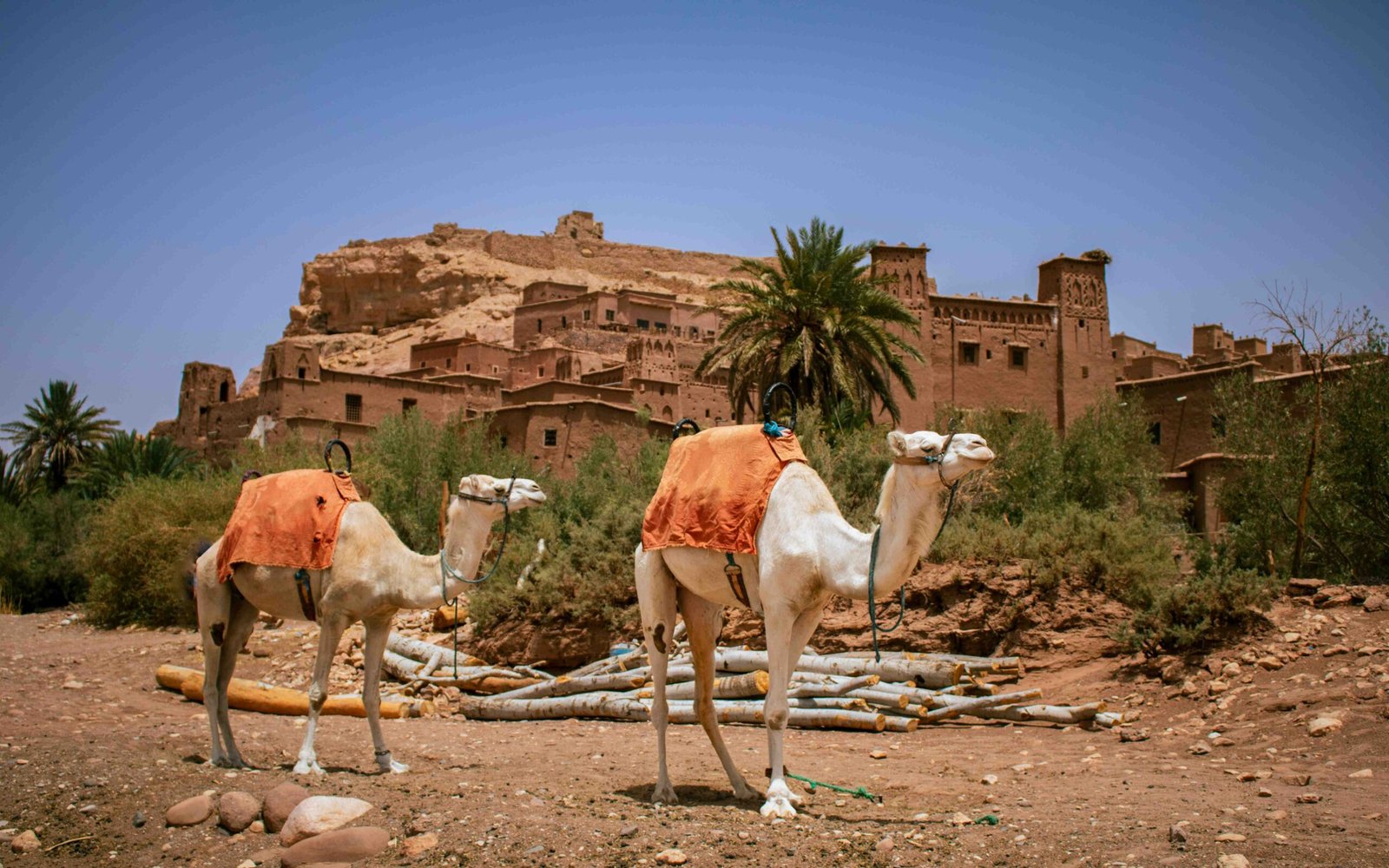Amazigh
Starting an Amazigh-Inspired Garden: Tips and Ideas

An Amazigh-inspired garden reflects the deep connection between the Amazigh (Berber) people and their environment. Known for their sustainable agricultural practices and use of native plants, the Amazigh have created thriving gardens in diverse landscapes, from the arid Sahara to lush mountain regions. Designing such a garden not only honors their traditions but also promotes biodiversity and eco-friendly gardening.
In this guide, we’ll explore tips and ideas for creating a beautiful Amazigh-inspired garden at home.
Why Choose an Amazigh-Inspired Garden?
Amazigh gardens are rooted in principles of sustainability and harmony with nature. They focus on drought-resistant plants, practical layouts, and elements that showcase Amazigh art and culture. By adopting these principles, you can:
- Reduce water usage with native, hardy plants.
- Create a visually stunning space inspired by Amazigh aesthetics.
- Celebrate a rich cultural heritage through design and functionality.
Key Features of an Amazigh-Inspired Garden
1. Native Plants and Herbs
The Amazigh traditionally cultivate plants suited to their environment. Some key species include:
- Olive Trees: Symbolizing peace and prosperity, olives thrive in Mediterranean climates.
- Date Palms: A staple in desert areas, providing shade and edible fruit.
- Aromatic Herbs: Such as thyme, rosemary, and mint, used in Amazigh cooking and medicine.
Planting these species ensures a garden that is both sustainable and reminiscent of Amazigh landscapes.
2. Water-Wise Gardening
In regions where water is scarce, the Amazigh employ ingenious methods to conserve and utilize water efficiently. Apply these techniques to your garden:
- Use drip irrigation to minimize water waste.
- Install terraces or raised beds to manage water runoff and erosion.
- Incorporate a small water feature, such as a fountain, inspired by traditional Amazigh courtyards.
3. Amazigh-Inspired Design Elements
Infuse your garden with elements reflecting Amazigh culture:
- Geometric Patterns: Incorporate tiles, mosaics, or painted pots with traditional Amazigh designs.
- Stone Pathways: Use natural stones to create pathways that mimic the rugged terrains of Amazigh villages.
- Decorative Pots: Feature Amazigh motifs to house plants and add cultural flair.
These design choices create a harmonious blend of functionality and beauty.
4. Edible Plants and Trees
An Amazigh garden often includes plants that provide food, reflecting their resourceful lifestyle. Popular options include:
- Figs and Pomegranates: Staples in Amazigh cuisine and culture.
- Vegetables: Like zucchini, peppers, and tomatoes, often grown alongside herbs.
- Barley or Wheat: As a nod to traditional Amazigh agriculture.
These edible additions not only enhance your garden’s utility but also provide a taste of Amazigh traditions.
Tips for Starting Your Amazigh-Inspired Garden
1. Study Your Climate
Choose plants that thrive in your local climate, focusing on drought-tolerant or Mediterranean species if you’re in a dry region.
2. Focus on Sustainability
Follow Amazigh gardening practices by:
- Composting organic waste to enrich soil.
- Using mulch to retain soil moisture and reduce weeds.
- Planting in layers, with taller trees providing shade for smaller plants.
3. Incorporate Cultural Touches
Add Amazigh-inspired accessories, such as:
- Amazigh jewelry-inspired wind chimes to bring a unique auditory element.
- Handcrafted lanterns or pottery that celebrate the artistry of Amazigh women.
4. Create Gathering Spaces
In Amazigh culture, gardens often serve as communal spaces. Design seating areas with colorful rugs and cushions, encouraging relaxation and connection.
Benefits of an Amazigh-Inspired Garden
- Cultural Preservation: Honors and shares the traditions of the Amazigh people.
- Eco-Friendly Practices: Promotes sustainability and water conservation.
- Visual Appeal: Combines natural beauty with cultural artistry.
- Practical Use: Offers fresh produce, herbs, and a serene outdoor space.
Amazigh Gardens in Modern Times
The timeless appeal of Amazigh gardening principles has influenced contemporary landscapes. Some gardens blend traditional elements with modern innovations, such as:
- Urban rooftop gardens featuring Amazigh designs.
- Public parks incorporating Amazigh plants and layouts.
- Amazigh food truck menu areas enhanced with thematic greenery for an immersive experience.
Movements like “Me Too in Moroccan Amazigh” also emphasize the role of Amazigh women in sustaining agricultural practices and passing down knowledge, further inspiring eco-conscious gardening.
Final Thoughts
Starting an Amazigh-inspired garden is a meaningful way to connect with nature and celebrate a rich cultural heritage. By incorporating native plants, sustainable practices, and Amazigh artistry, you can create a space that is both beautiful and functional.
Whether you’re inspired by the lush terraces of the Atlas Mountains or the simplicity of desert oases, your Amazigh garden will be a testament to the enduring wisdom and creativity of the Amazigh people.
